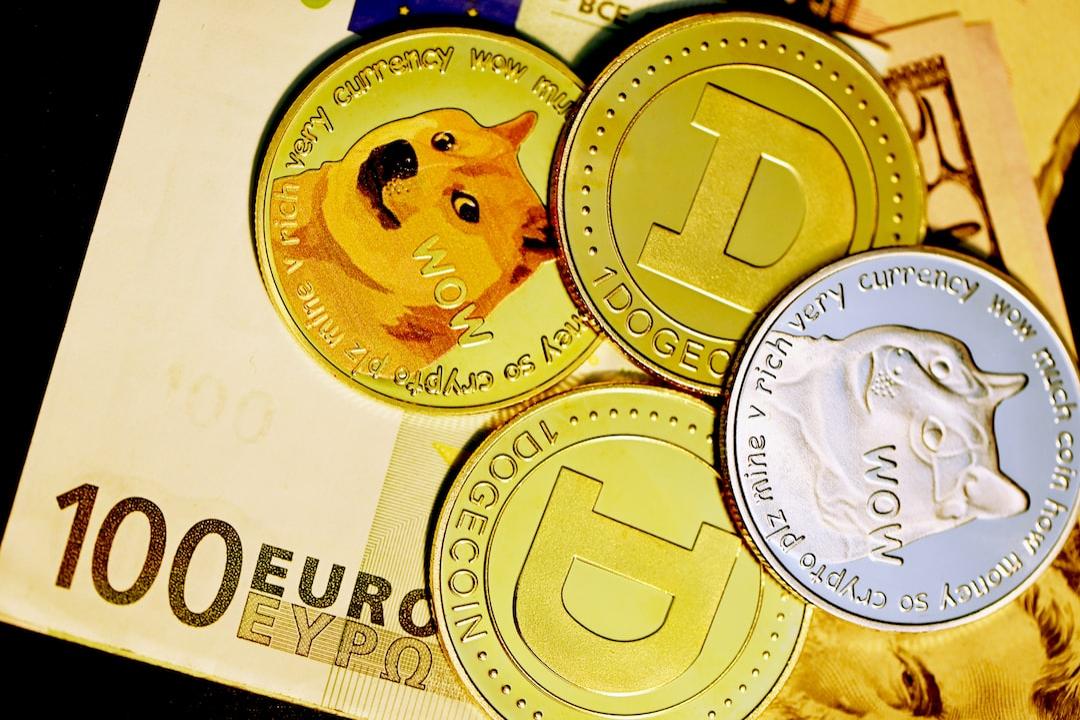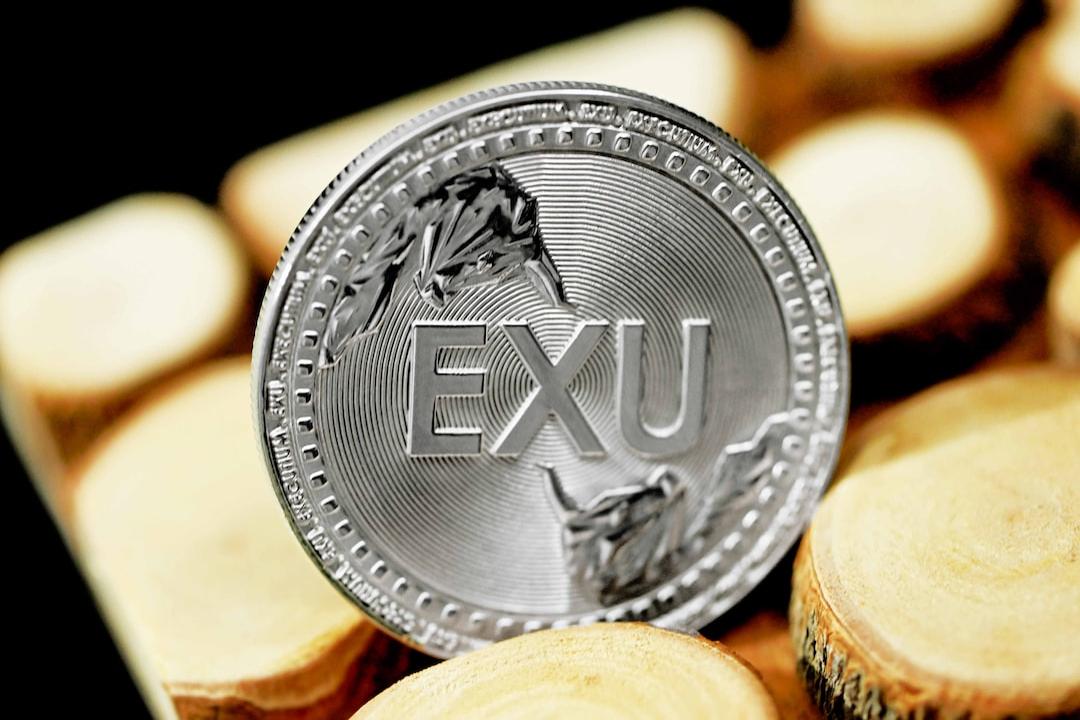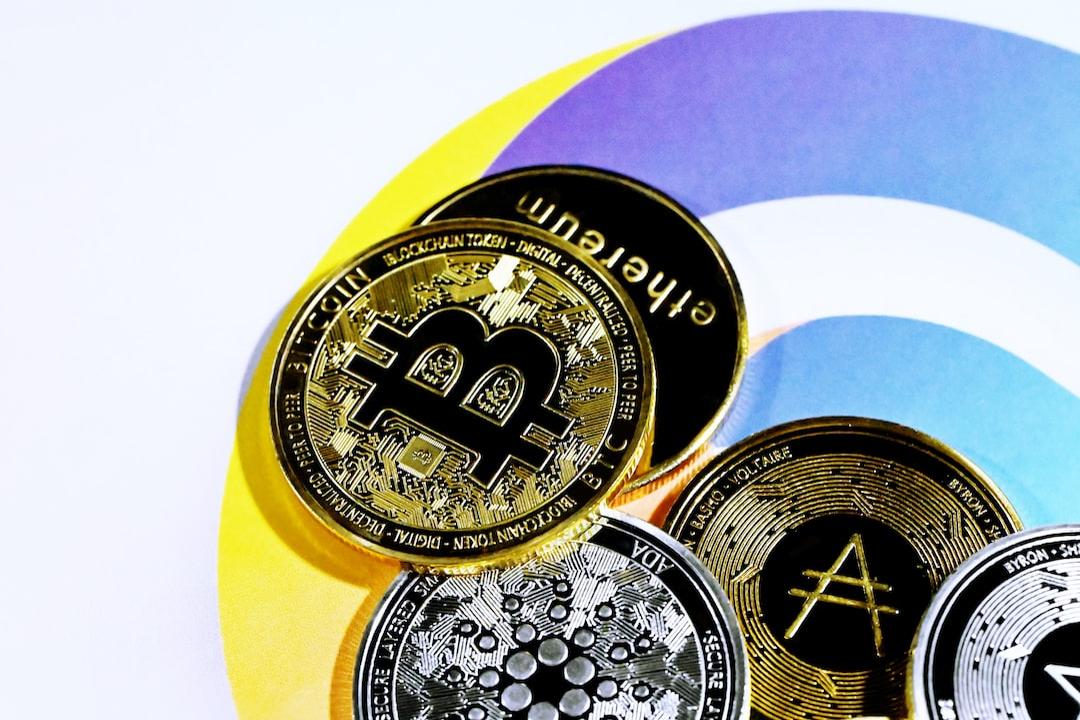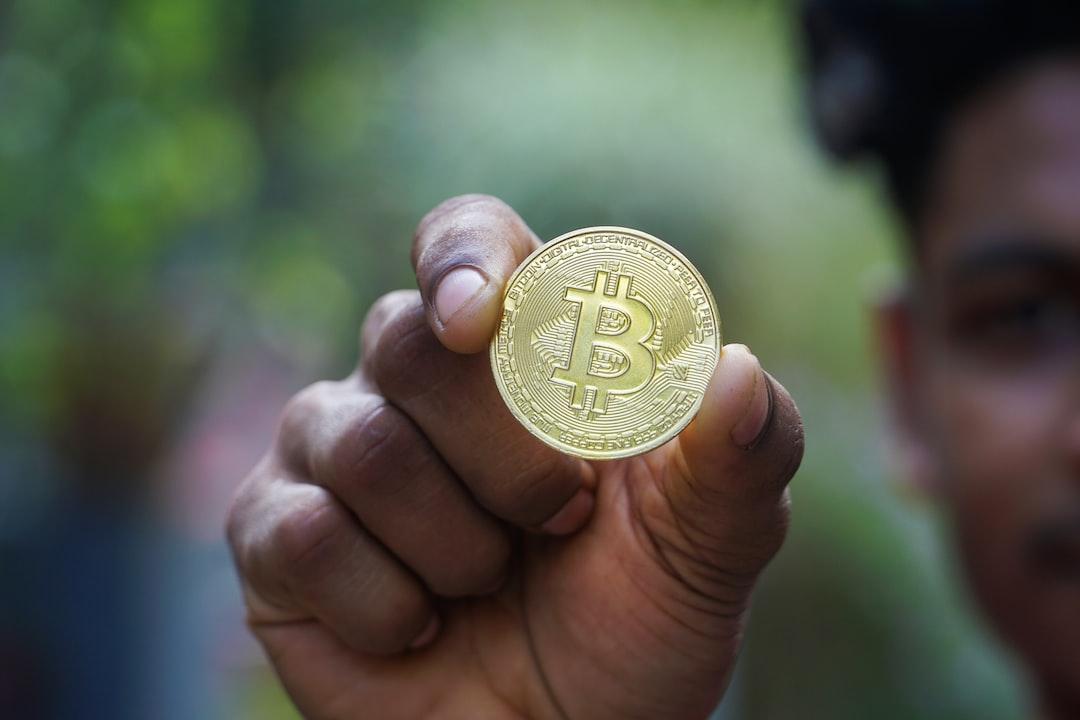ADA/USD Forms Bearish Flag Pattern
On May 12, 2025, ADA/USD formed a bearish flag pattern on the daily chart. This pattern appears when a short-term upward channel forms after a sharp downward move, often signaling that the price may drop again in the same direction.


If this bearish flag breaks below the lower trendline, it may confirm the pattern. In that case, ADA could fall nearly 40% from its current price of $2.47, targeting the $1.48–$1.50 zone. This level matches the height of the earlier downtrend before the flag formed.
At the same time, ADA is struggling to hold above the $2.40 support. The volume has dropped, which often happens during the flag’s formation. If volume spikes during a breakdown, it could strengthen the bearish move.
Meanwhile, the Relative Strength Index (RSI) is around 64. This shows the token is not yet overbought but also has room to fall. The 50-day Exponential Moving Average (EMA) sits at $2.23 and may act as short-term support. If ADA breaks below this EMA, it could speed up the drop.
Currently, traders are watching the lower trendline near $2.40. If ADA closes below this line with strong volume, the bearish flag could trigger further losses.
Cardano Changes Its Development Approach
Cardano is changing how it grows. On May 10, 2025, Charles Hoskinson said the blockchain will move to a faster and more open development model. The goal is to speed up upgrades while keeping the platform secure.

The new model will let outside developers work more closely with core teams. Smaller, flexible groups like Aiken and Midgard will now join the process. At the same time, Cardano will keep using formal methods through Input Output’s verification team.
Before this change, Cardano focused on safety over speed. It used strict rules and long-term planning. While that made the blockchain very secure, it also slowed down development and limited outside contributions.
Hoskinson admitted that early developers avoided deadlines and thought in terms of decades. This helped in the early years but later created delays.
Smaller Teams Will Help Speed Up Growth
Now, Cardano will use both speed and safety. Smaller teams will work on updates, and the formal group will check code quality. Hoskinson said this will let Cardano adapt to new needs and grow faster.
“In 2025, we are opening up the ecosystem augmented with small agile teams like Aiken and Midgard, while preserving the knowledge, experience, and rigor with IOR and our formal methods group using Agda. We also see different clients that will and should challenge the assumptions, designs, and features of prior teams to accommodate new protocols, economic realities, and our progress as a community.” he said.
“The team didn’t want deadlines, focused on purity of practice, and thought in terms of years and decades. This benefited us tremendously in an age of unsafe practices, but also made it difficult for Cardano to grow and thrive.”
Hoskinson also said not everyone will welcome the changes. Some in the community prefer the old method. Still, he believes this new approach is necessary for Cardano to stay relevant.
“There are times I miss the old days. But the new days will be filled with even greater opportunities and exciting new capabilities. That’s the nature of all great products and projects,” he added.
Team Changes After Upgrade Delay
The shift has already caused internal changes. Some developers were removed after allegedly trying to delay the Leios upgrade to 2028. Hoskinson made it clear such delays will not be allowed anymore.
Jeff Watson, Engineering Director at Input Output, confirmed that new contractors are now being hired from within the Cardano ecosystem. These new hires will help move the Leios upgrade forward.
“We are in the process of hiring new contractors through the Cardano ecosystem, vendors with existing Networking expertise. Some time will be needed for onboarding but this is within an acceptable timeframe,” Watson said.

Rivals like Ethereum are pushing upgrades quickly to stay competitive. Cardano is now doing the same—focusing on faster updates while keeping its reputation for secure code.
Cardano Founder Teases Free NFT Transactions in Midnight Upgrade
Charles Hoskinson revealed in a recent interview that the upcoming Midnight sidechain may allow users to make free transactions using NFTs. These NFTs would act like access passes, giving holders a set number of free transactions each day. Instead of using ADA to pay fees, users could simply hold a special NFT and perform daily transfers at no cost. Hoskinson compared this to free account models used by Web2 platforms.

The Midnight sidechain is still in development, and there is no confirmed launch date. However, community engagement is growing through hackathons and developer interest. According to Midnight’s March 2025 “State of the Network” report, 12% of users identified as blockchain developers, 39% said they were “seasoned pros,” and 46% had some experience. Only 15% were still learning.
Midnight aims to combine privacy and compliance using tools like zero-knowledge proofs and smart contracts.

